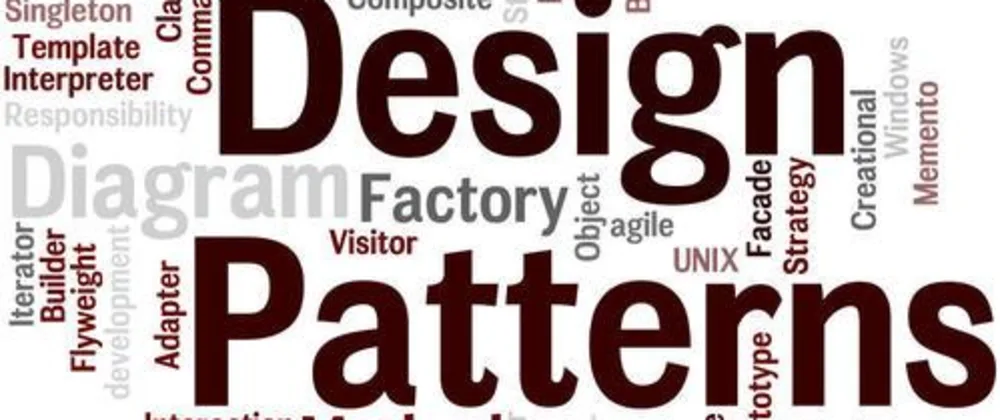Design Patterns

Facade Pattern
The Facade pattern is a structural design pattern that provides a simplified interface to a complex system of classes, interfaces, or subsystems. It encapsulates a set of interfaces or classes into a single class, called the facade, thereby hiding the complexities of the subsystem from the client code.
The main purpose of the Facade pattern is to provide a unified interface to a set of interfaces in a subsystem. It promotes loose coupling between the client and the subsystem by providing a simplified interface that shields the client from the complexities of the subsystem's components.
Usage Scenarios
- Simplifying Complex APIs: Facades provide a simpler interface to interact with complex APIs or subsystems, reducing the learning curve and improving usability.
- Integrating with External Systems: Facades shield applications from the complexities of integrating with external systems or services, providing a uniform interface.
- Managing Legacy Code: Facades help modernize and integrate legacy systems by encapsulating their complexities behind a simplified interface.
- Multi-layered Architectures: Facades facilitate interaction between different layers of an application (e.g., MVC), offering a cohesive interface for communication.
- Testing and Mocking: Facades aid in unit testing by providing mockable interfaces, isolating complex dependencies for easier testing.
- Performance Optimization: Facades can implement performance optimizations (e.g., caching, batching) transparently, without exposing them to clients.
- Promoting Code Reusability: By encapsulating subsystems, facades promote code reusability and maintainability, reducing dependency management overhead.
Key Concepts
- Simplification: Facade simplifies the interface to a complex subsystem, providing a higher-level interface that is easier to use and understand for clients.
- Encapsulation: It encapsulates the complexities of a subsystem behind a single interface, shielding clients from the details of individual components.
- Abstraction: Facade abstracts the underlying implementation details, promoting loose coupling between the client and the subsystem.
- Unified Interface: It provides a unified interface to a set of interfaces in a subsystem, coordinating their actions and interactions.
- Promotes Maintainability: Facade improves code maintainability by centralizing subsystem access and reducing the impact of changes within the subsystem.
- Separation of Concerns: It separates client code from complex subsystem interactions, adhering to the principle of separation of concerns.
- Facade vs. Adapter: While both patterns deal with interfaces, a Facade simplifies an existing interface to make it easier to use, whereas an Adapter converts one interface into another that a client expects.
General Tips!
- Identify Common Problems: Recognize recurring problems in your code to determine which design pattern can provide a solution.
- Understand the Principles: Familiarize yourself with SOLID principles as they often align with the motivations behind design patterns.
- Use Patterns Judiciously: Avoid overusing patterns; apply them only when they provide a clear benefit.
- Learn by Example: Study real-world examples of design patterns to see how they are implemented in practice.
- Refactor When Necessary: Don’t force a pattern from the start; refactor your code to introduce patterns when a need becomes apparent.
- Stay Flexible: Patterns are guidelines, not strict rules. Adapt them to fit your specific context.
- Document Your Design: Clearly document the use of design patterns to help future maintainers understand your design decisions.